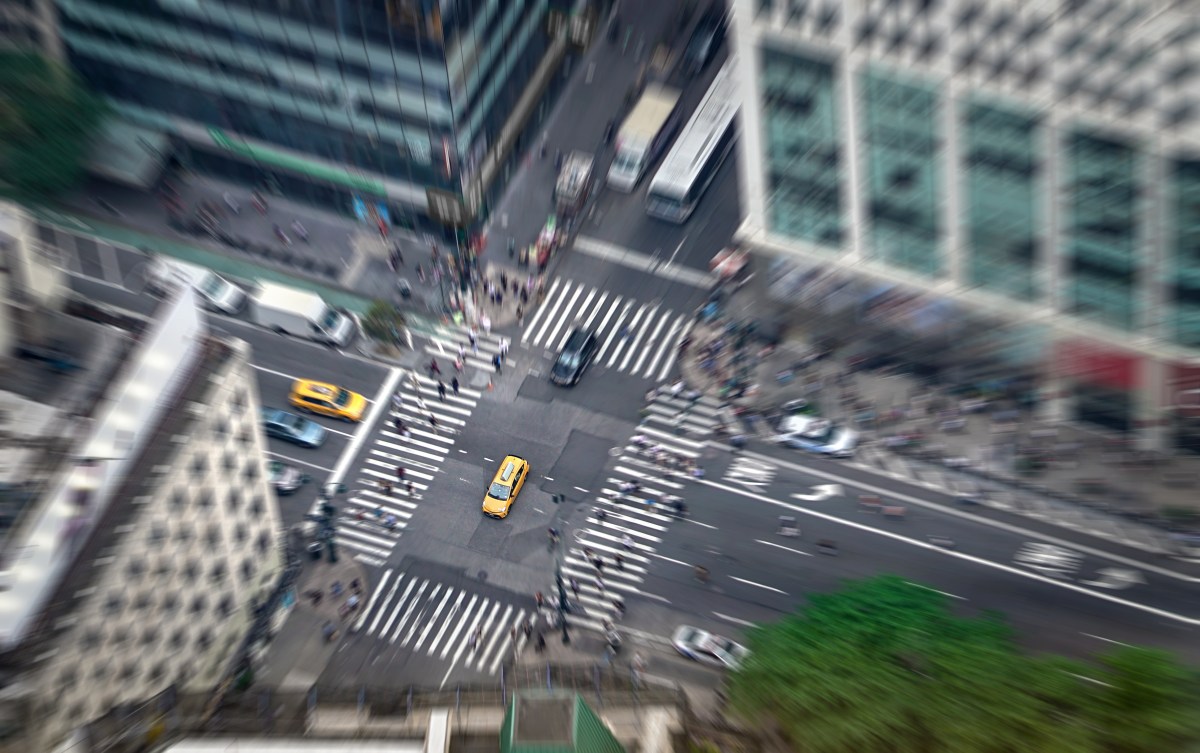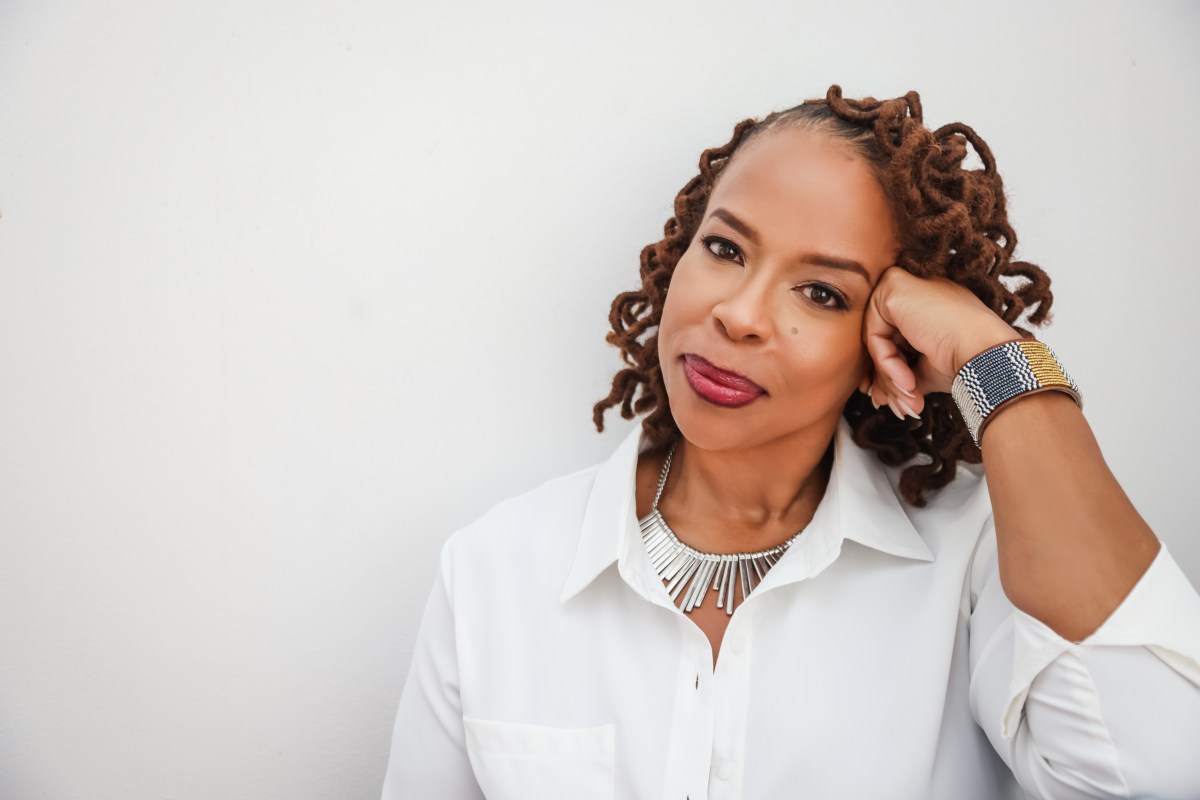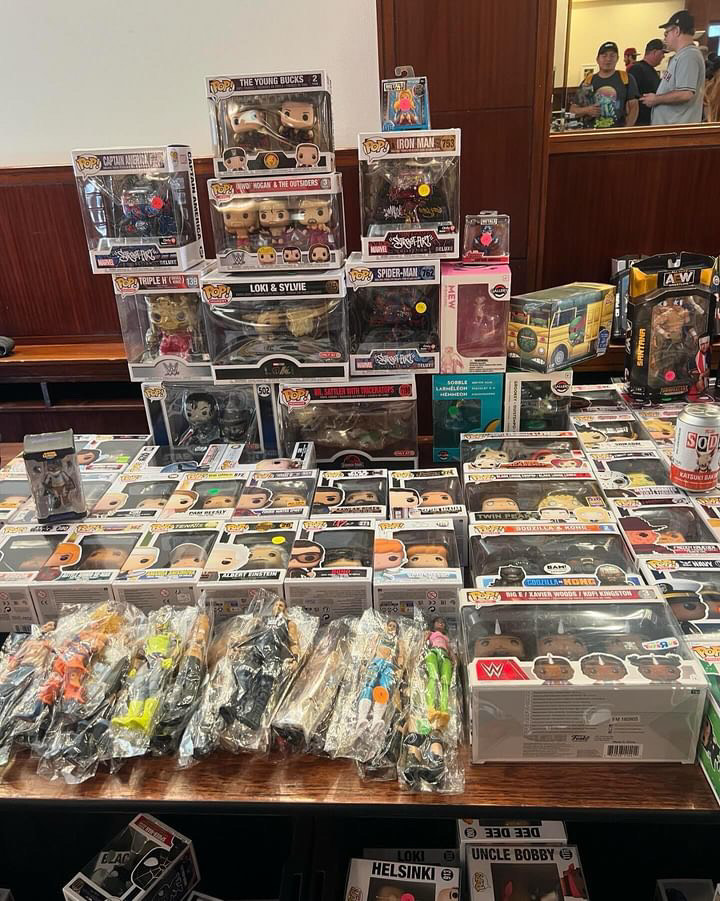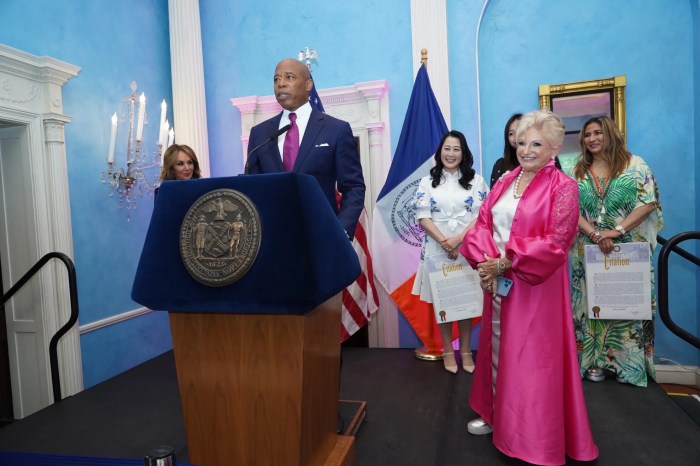The Big Apple has witnessed the launch of congestion pricing.
The plan to start tolling cars and trucks for driving into Manhattan south of 60th Street began at midnight on Jan. 5, 2025. The MTA has been raising awareness about the controversial plan this month to prepare drivers, but there are some key things to know to help keep your ride into Manhattan a smooth one.
There is a lot of information available about congestion pricing, but here are 10 key bits of wisdom for drivers to know when entering Manhattan:
10 things New Yorkers should know about congestion pricing
Most drivers will pay $9, but the tolls will vary. The base toll is $9, which most drivers will pay, but prices will vary depending on the type of vehicle, time of day, whether any crossing credits apply and the method of payment. For example, cars will pay $9 during peak hours, 5 a.m. to 9 p.m. weekdays and 9 a.m. to 9 p.m. weekends, but will only pay $2.25 overnight. The MTA has a full toll rate sheet online at new.mta.info.
Crossing credits. Crossing credits are available for vehicles that enter through previously existing toll crossing into the Manhattan congestion zones, such as the Lincoln, Holland, Queens-Midtown and Hugh L. Carey (Brooklyn-Battery) Tunnels, during peak hours. Credits are up to $3 for cars; $7.20 for small trucks; and $12 for large trucks and tour buses.
E-ZPass is (usually) needed. Drivers will pay the toll using a regular E-ZPass tag. If they do not have E-ZPass, the MTA will mail the charge to the registered vehicle’s owner.
60th Street: Drivers will pay a toll when they enter Manhattan south of 60th Street in what the MTA calls the “Congestion Relief Zone.”
Taxis and Ubers: A ride into the Congestion Relief Zone will cost extra for those taking a cab or a rideshare vehicle operated by Uber or Lyft. Yellow cab rides into the zone will see an added surcharge of 75 cents, while rideshare trips will have a $1.50 surcharge tacked on.

There are some roadway exclusions. Drivers traveling across 60th Street via the FDR Drive and West Side Highway will not be charged. There will be no charge for West Side Highway drivers directly connecting to the Hugh Carey Tunnel.
Cars will only be charged once per day. Passenger vehicles that enter the Congestion Relief Zone twice a day will only have to pay one toll — the amount when they first enter the zone.
Discounts are available. Special discounts are available for some drivers, including those with low incomes. More information about discounts is online at new.mta.info.
Public transit is expected to improve. MTA officials have said congestion pricing will help improve the city’s public transit system by funding ongoing projects. These including creating new sections of rail tunnel for the Second Avenue Subway, improving accessibility at 23 subway stations and improving signaling on dozens of miles of subway tracks.
Expensive cameras are watching. The MTA is use a $555 million camera system that has been in place all year to monitor vehicles at entry points into the borough. The cameras read license plants and E-Z Pass tags.

Is it possible Trump will banish congestion pricing?
There has been talk of the incoming Trump administration ending the congestion pricing program after Jan. 20. The President-elect had said throughout his campaign that he would end the tolls once he is in office.
But many transit advocates have said it would be far more difficult for the federal government to stop congestion pricing after it has begun.
Getting more information
More information about congestion pricing is available online at mta.info. The MTA will continue to host online webinars throughout December for New Yorkers to learn more about the upcoming program.




































